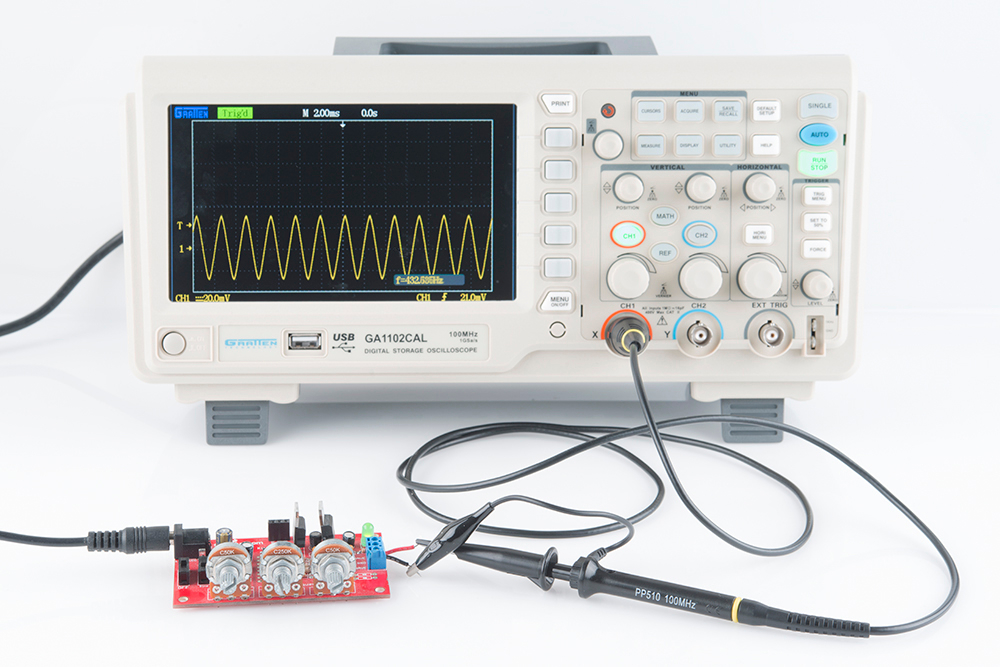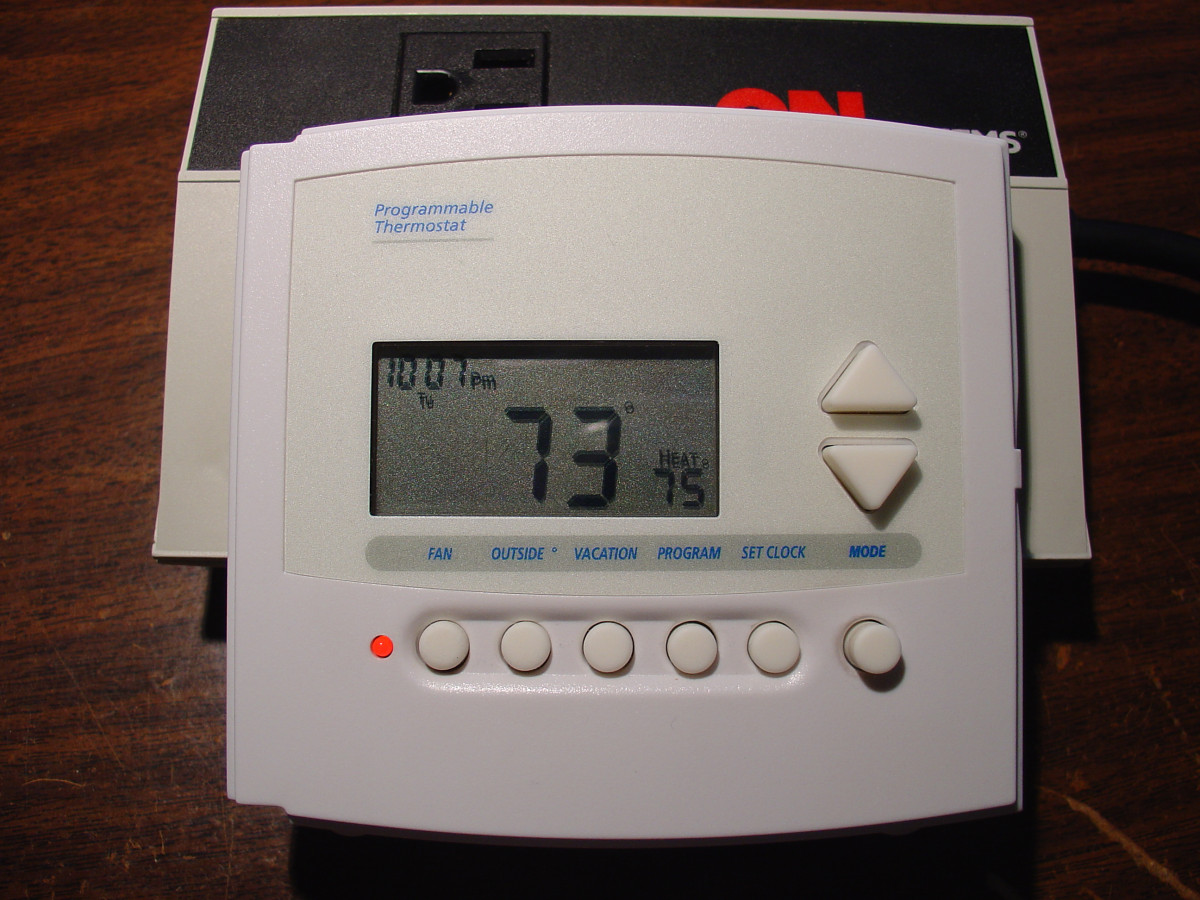Currently, there is a wide variety of equipment, with different scales, prices and qualities, so the range of options is very wide when choosing an oscilloscope.
Many of us in the field of electronics have already used an oscilloscope, or at least have heard of this instrument, because this equipment is very important for our daily lives, as it allows us to quickly identify defects that are difficult to detect in a circuit, not to mention that depending on who is going to use it, we can choose the most suitable.
This type of equipment is used by students, designers of printed circuits, electronic engineers, or in the fields of repair, verification and maintenance of equipment that works with electronic circuits, it is also widely used in the field of telecommunications.
One of the most common questions when buying an oscilloscope is what to consider.
So, in this article, we are going to share the 5 most important features that you should keep in mind if you are considering buying an oscilloscope.
What Is an Oscilloscope?
First of all, we will start by describing what an oscilloscope is, it is a tool that allows us to study the behavior of electric current in a circuit, in most cases, the oscilloscope is used to find faults that are not physically seen; for example:
When there is a failure in an equipment that contains a board with different circuits, such as a led screen, analog TV, radio, computers, etc. and the damaged component can not be detected with the naked eye, this instrument plays a very important role, because it will allow us to examine its behavior component by component.
That is to say, by connecting the oscilloscope to a specific component, we will be able to appreciate the behavior of the electric current through a sine wave, in addition to finding other important factors for the functioning of the components (frequency, voltage, current).
Once we have checked these values obtained with the oscilloscope against the data in the component’s technical sheet, we can determine the state in which the said product is.
Below we will list 5 characteristics that you should take into account if you are considering buying an oscilloscope, so that you can choose the one that best suits your projects and get the most out of it:
Bandwidth
This is a very important characteristic of the oscilloscope, as the quality of the signal range that will be displayed on the screen will depend on it. In more technical terms, bandwidth is considered the frequency with which the oscilloscope can measure, so the higher the frequency, the better the accuracy of the measurement.
If we talk about bandwidth ranges, we can consider the following as the most common:
– 60MHz
– 100MHz
– 150MHz
– 250MHz
These ranges are the most used mainly by students or technicians who are dedicated to repairing electronic equipment.
However, if we are looking for a more professional oscilloscope, we will find equipment with ranges up to 70GHz, as this characteristic is important to check more specific signals that can guarantee a measurement with the lowest noise and with the best fidelity.
Sampling Rate
This can be defined as the number of samples per second that an oscilloscope can take. This characteristic must be at least 2.5 or 3 times the bandwidth of the analog signal in order to digitize it, although a sampling rate greater than 4 may be considered ideal.
From the above, this parameter depends on the bandwidth; for example:
What would happen if we did not consider the sampling rate as specified?
The oscilloscope would not be able to display any type of signal, because this parameter is very important and the digitization of the analog signal depends on it.
Memory depth
This characteristic directly influences the signal that the oscilloscope interprets, since the signal points or samples will depend on the depth of the memory.
For example, if the oscilloscope has a large memory, the bandwidth will operate at its maximum capacity established by the equipment, and therefore we will have a more accurate signal or wavelength.
On the other hand, the influence of the depth of the memory is noticeable when we zoom in to analyze and visualize the signal, there is not a large definition and therefore we can not have a concrete analysis, this is very important especially when checking any product or electronic component.
Channel Numbers
In oscilloscopes, it is extremely important to take them into account, because depending on the number of channels, it is how the other ranges will be divided, such as bandwidth, sampling speed and memory depth, that is, the oscilloscope will work and adjust according to the channels you have.
Most oscilloscopes have 2 or 4 channels, but the most professional ones have up to 16 channels, and they have the widest variety of features.
Smart Scopes
We can’t leave out this type of features for oscilloscopes, because as you know, we are currently looking for equipment with greater compatibility with other devices.
For this type of instrument, in some cases, we are looking for oscilloscopes capable of working through applications or software to interact in real time, in addition to the fact that when they work in this way, most of them allow the measurements made to be downloaded, which is very useful to be able to generate a report or graphically analyze this data.
As we have seen, there are different points that are important to consider before buying an oscilloscope.
In the same way, it is important to consider the type of application or measurement that you are going to make, and thus be able to determine the ranges of each of the characteristics to obtain correct results.





